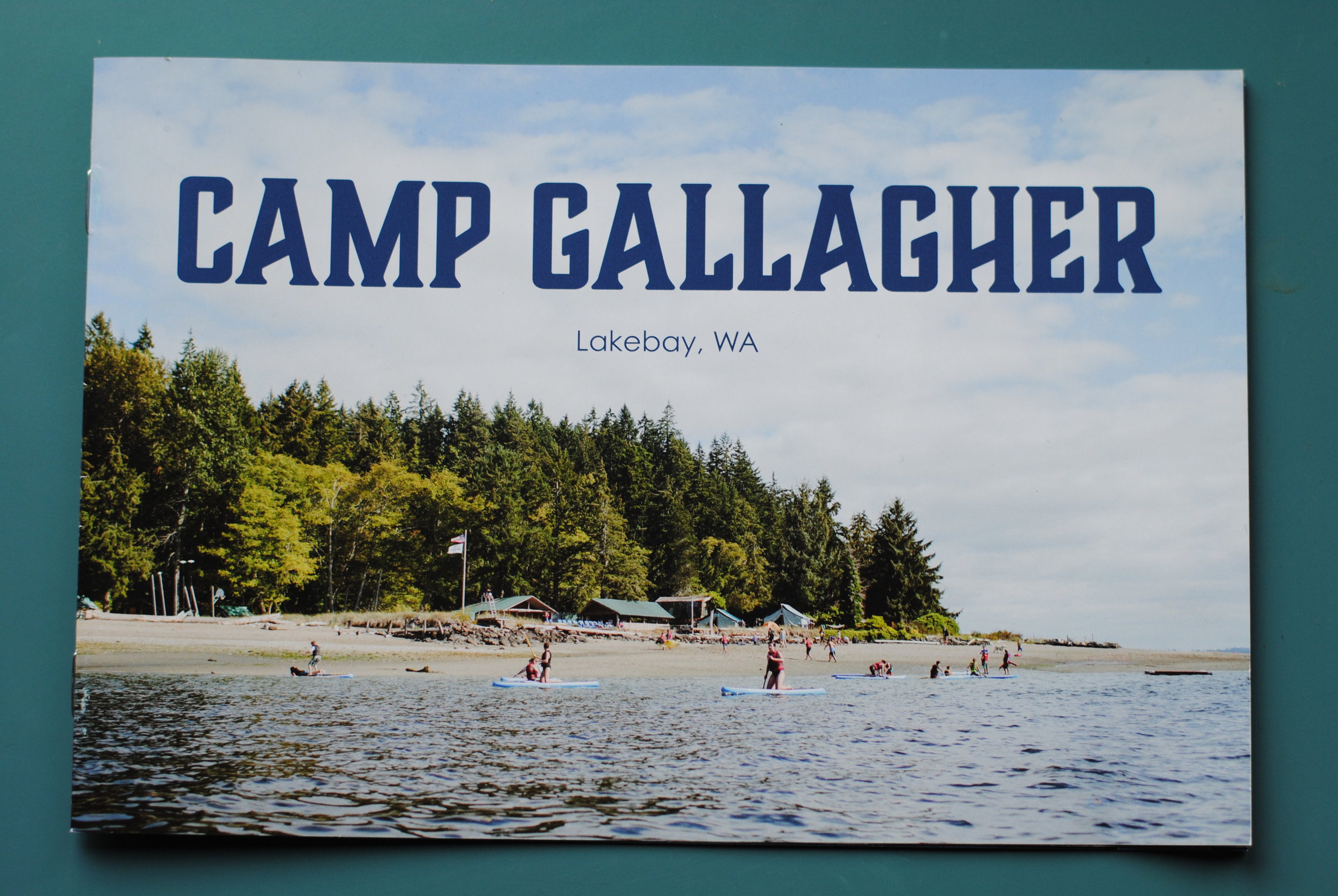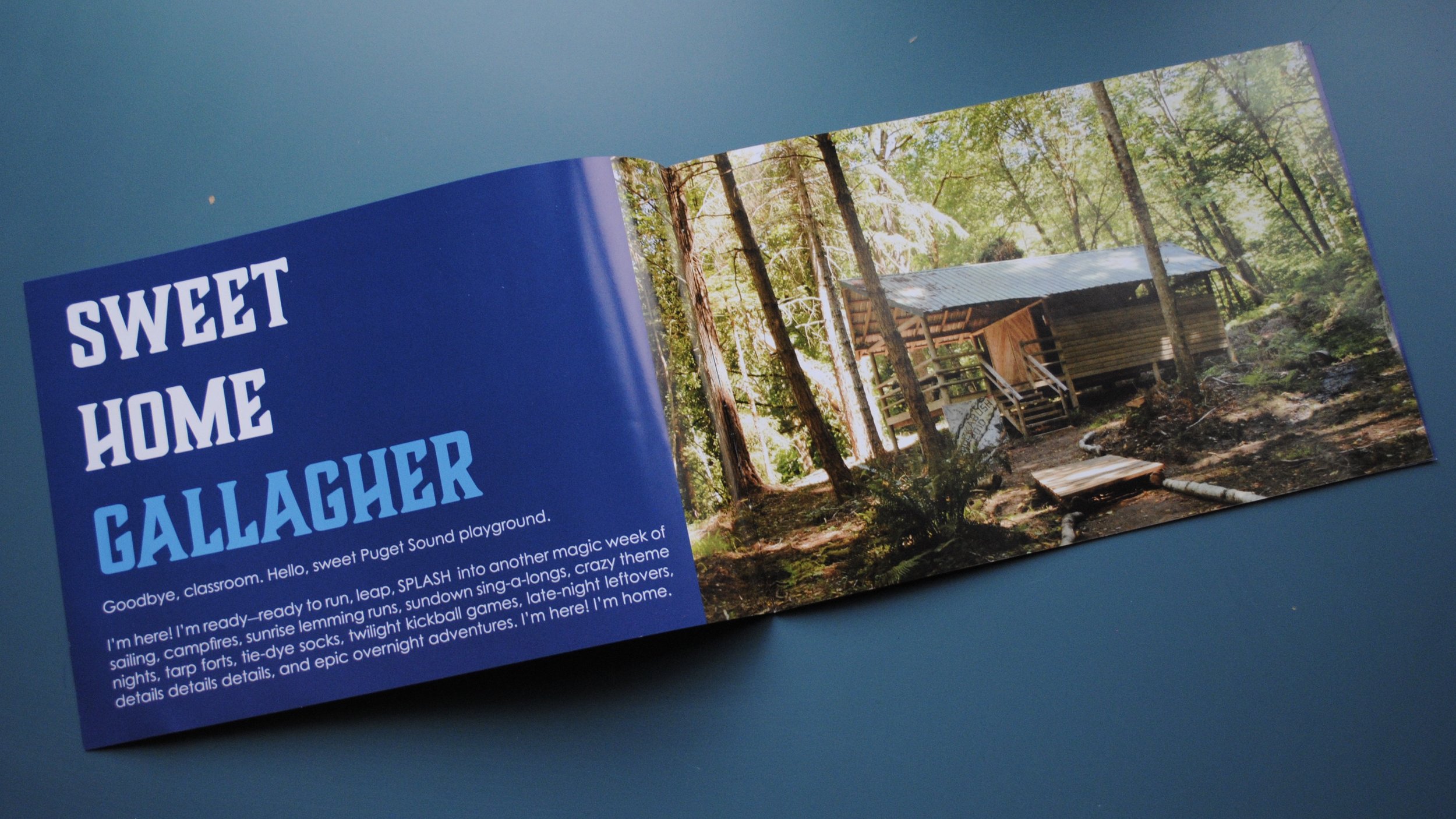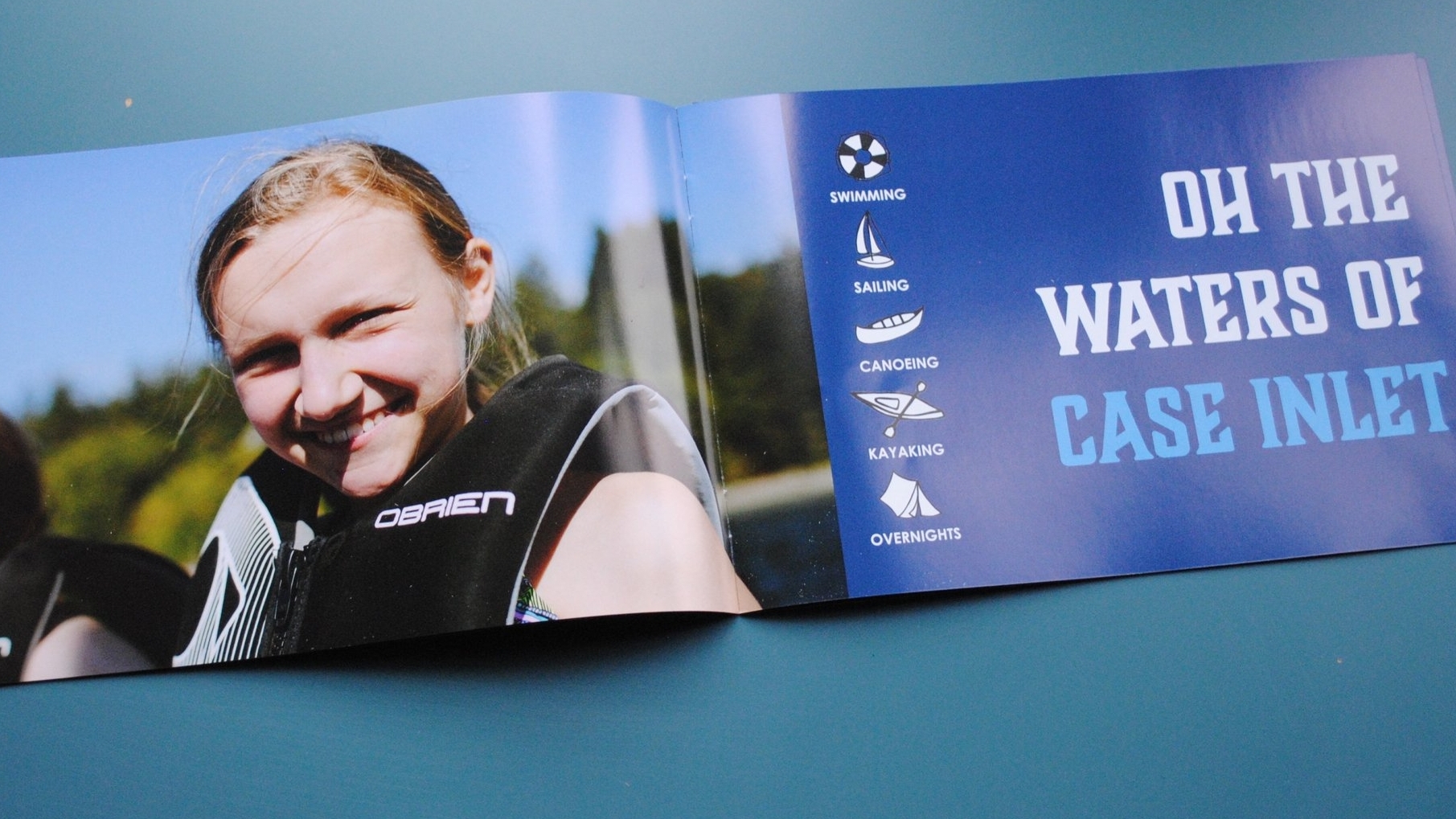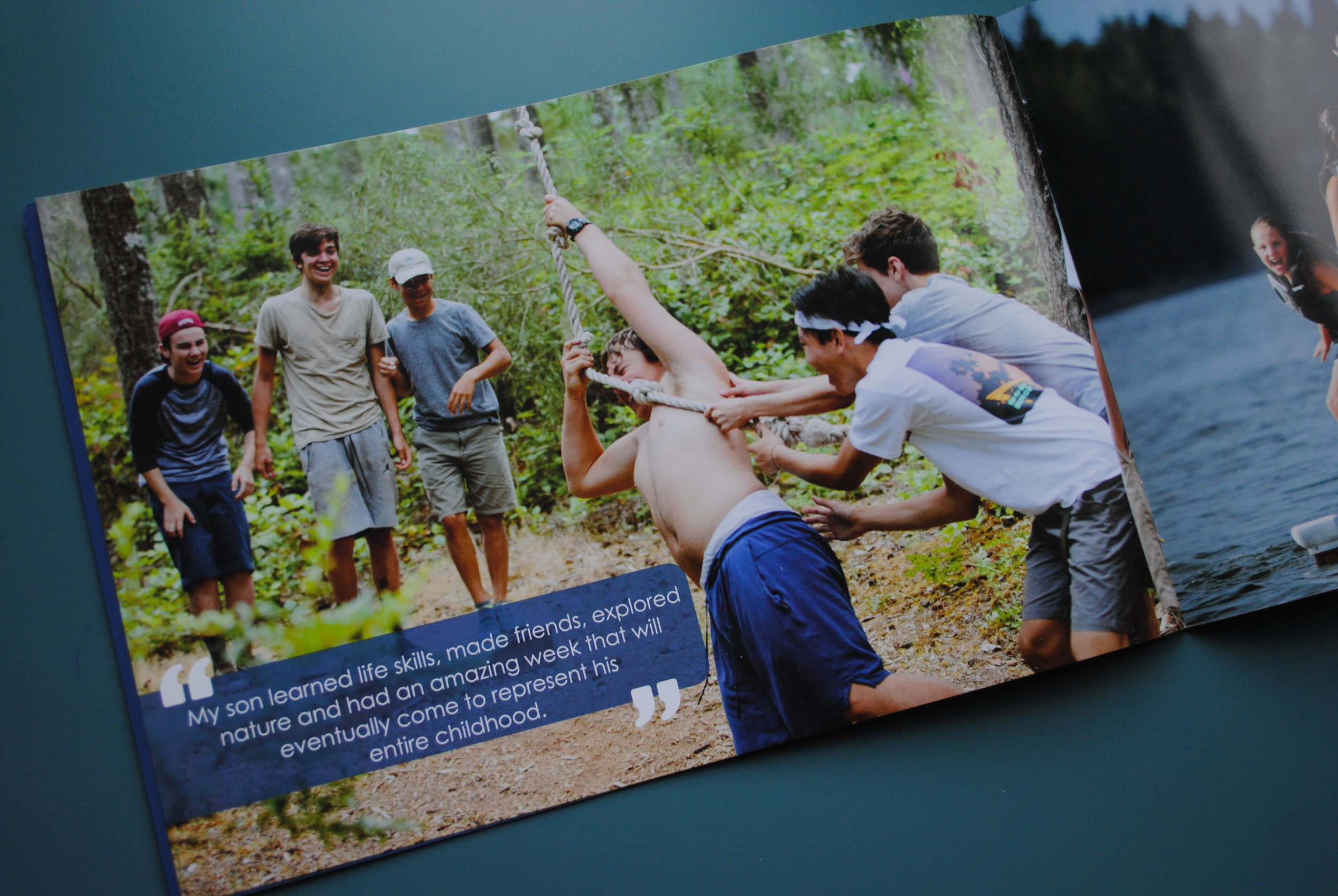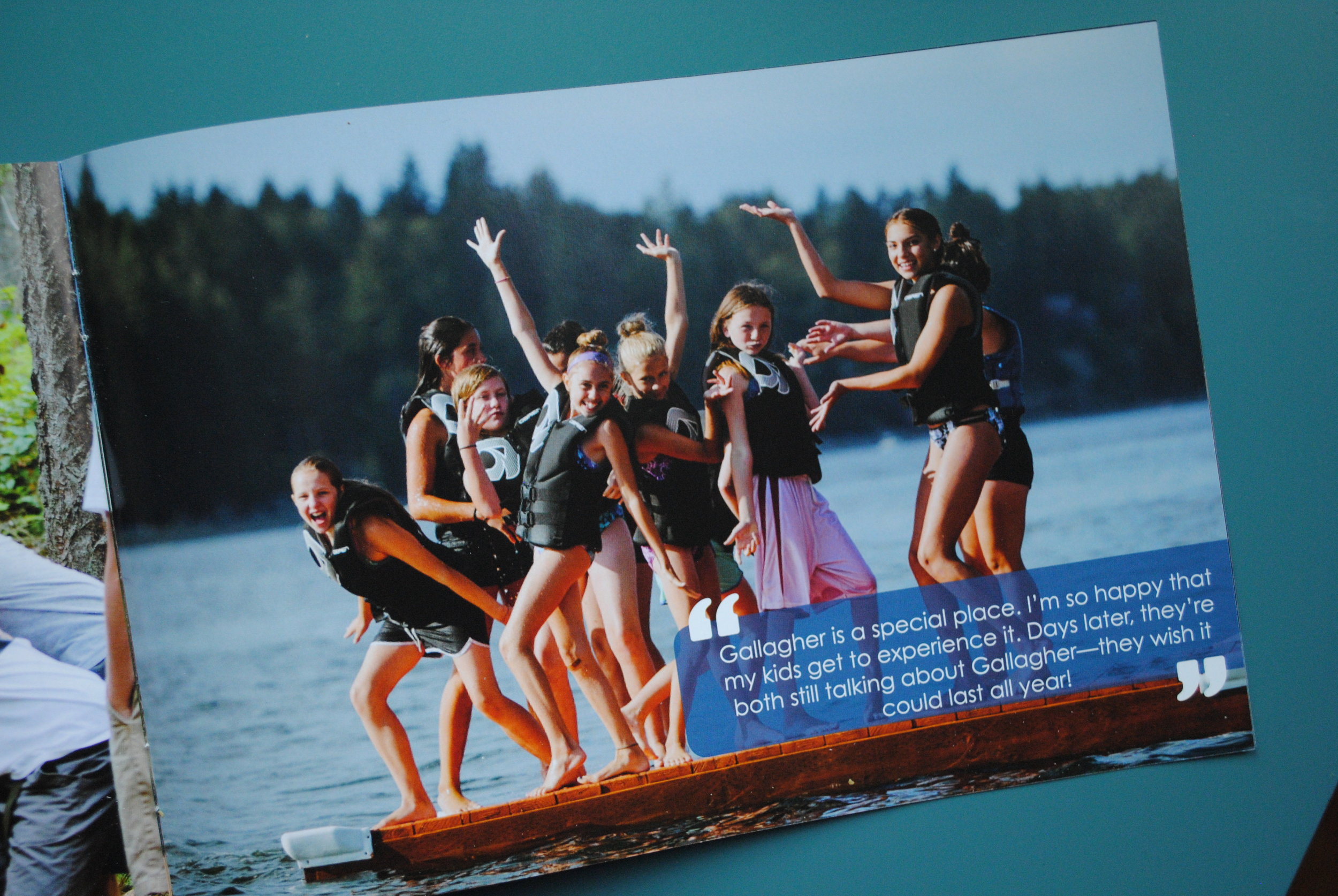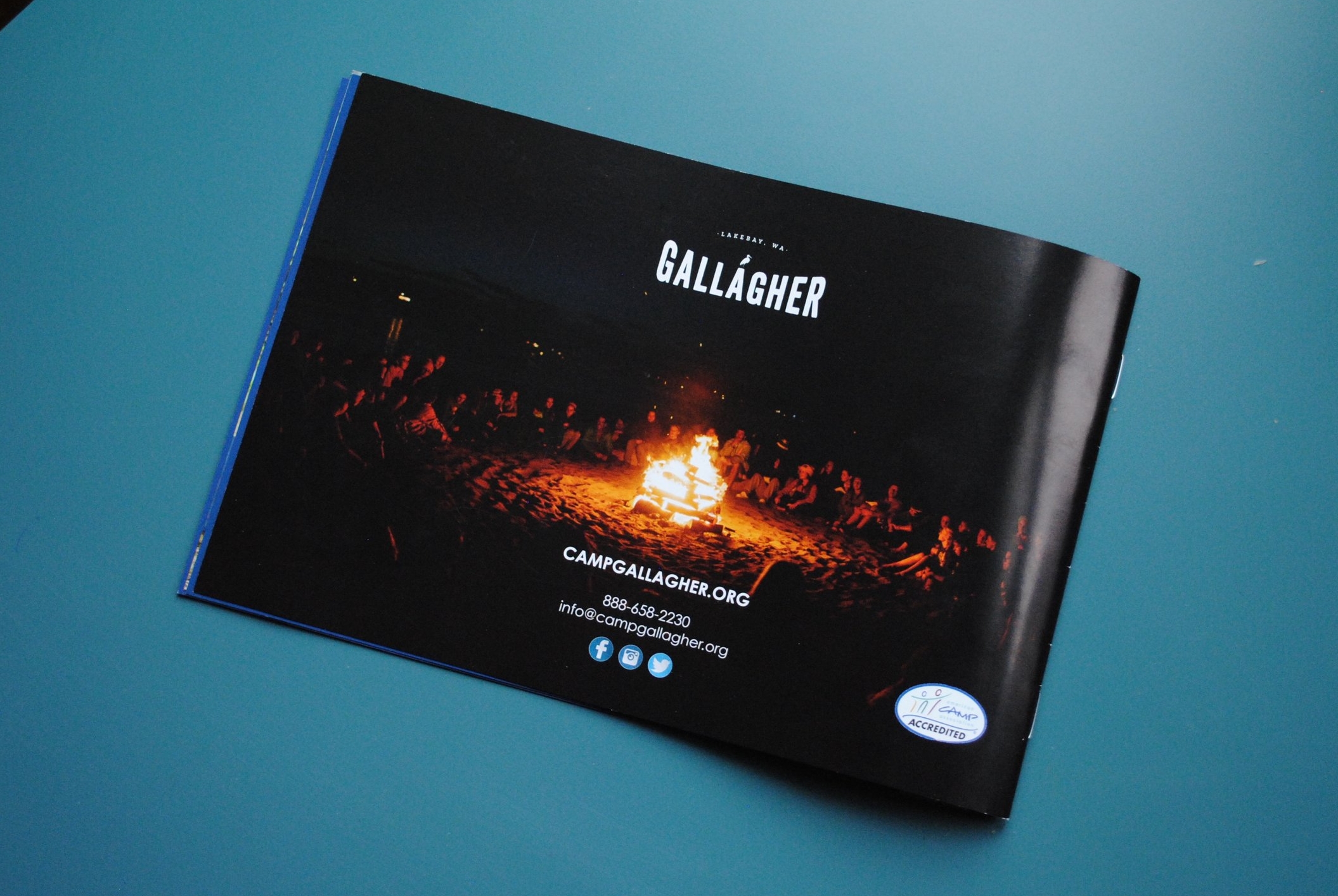With its focus on brand storytelling and emphasis on eye-catching deliverables, content marketing is often more enticing to marketing directors than the many ‘necessary-but-dull’ corners of the industry (no offense, PPC).
However, you can’t build a strong content strategy off enthusiasm alone. To get the results you want, avoid these beginners’ mistakes.
1. Having no plan
We see this a lot. Ambitious brands are often keen to dive straight into content production before there’s a formal strategy in place. Part of the reason for skipping the planning stage is cost. It’s never easy to pay for something that you can’t physically see. The other reason is simply underestimating how important strategy is to content marketing.
But before you come out guns blazing, take the time to form a detailed strategy. Start with a thorough ‘Discovery phase’, including taking inventory of your existing content (and channels) and outlining your target audience.
2. Not knowing when to outsource
You may be an expert on the subject matter, but what about copywriting? Design? Outreach? Ask yourself whether content production is really in your wheelhouse, and be honest with your answer.
Remember, even if you can do it all, it’s unlikely that you have time to do it all. 'Lack of time' was sighted as the number one content marketing challenge in a 2014 survey by the LinkedIn Technology Marketing Community. Unless you have a dedicated content team in house, working with outside contractors and agencies will be crucial to developing a thoughtful strategy that gets results.
3. Ignoring the basics
Sure, you’ve splashed out on some killer copy for your website, but when’s the last time you reviewed your transactional content? From ‘order confirmation’ emails to ‘service renewal’ letters, the less sexy content is all too often overlooked.
As part of an overarching content marketing strategy, it behooves brands to invest in clear, concise copy for both email and snail-mail correspondence that, let’s face it, probably hasn’t been updated in years.
4. Editing by committee
Perfecting a piece of content is one thing, editing it to death is another. Ambitious brands are often eager to involve everyone in the editorial process, but the truth is, not everyone understands what successful content looks like.
For content that’s refined, engaging and consistent with your overarching strategy, reduce your stakeholders and cut back on the number of review sessions. Resist the urge to CC everyone in the office on feedback emails. Instead, trust that your content experts will put their expertise to good use.
5. Presenting an inconsistent tone of voice
Ever come across a website that seems to be suffering a massive identity crisis? If your copy reads like the script for Aladdin's Genie, take a breath and invest in a set of guidelines outlining your brand’s unique tone of voice.
Key to developing your voice is remembering who you’re speaking to. Identify your target audience to ensure your tone appeals to their sensibilities and suits their reading level.
6. Forgetting to promote
If a blog falls in the forest and nobody’s around to read it, does it make an impact? Not the best analogy, but you know where I’m going here. Content isn’t going to read itself! If you’ve invested in fantastic content, don’t forget the crucial sharing stage.
Keep in mind that a single piece of content can generate loads of engagement. Get more mileage from your infographics, blog posts and videos by sharing them multiple times on social media, linking to them from other content and reaching out to influencers who may be interested in sharing them with their audiences.
7. Overextending resources
Here’s a quiz for you. What’s better?
A) A Facebook page with no posts
B) No Facebook page
The answer is B! If you don’t have the resources to manage social media accounts, follow up with outreach campaigns, produce a weekly podcast or complete a video series, then don’t start in the first place. Be realistic about your resources. It’s better to deliver one impressive project than 10 mediocre ones.
8. Writing for search engines, not people
Once upon a time, SEO was easy. Hire a tech-savvy contractor to stuff keywords into website footers and spam articles to databases across the web—simple! But those days have long past. Google’s algorithm changes over the past decade have all but eliminated the spamtastic SEO tactics of yesteryear, and that’s a good thing.
If you’re still fussing over keyword density and sketchy link-building tactics, STOP. Put your energy into producing informative content that serves your audience and bolsters your credibility. Quality content is good for Google, good for your customers and, ultimately, good for your brand.
9. Fixating on ‘going viral’
The main problem with ‘viral marketing’ (and there are lots) is that you can never truly predict what’s going to tickle the Internet’s fancy. Some businesses and ad agencies think they can, but the brutal truth is, you’ll never be able to guarantee viral success. The entire essence of ‘going viral’ is that it’s unexpected.
I’m not saying you shouldn’t hope to become an Internet phenomenon—a clever video that happens to strike exactly the right chord may take you from obscurity to fame (Dollar Shave Club comes to mind). But why target the world when you could produce content that will definitely interest your target audience?
10. Focusing on the company instead of the customers
Ever been stuck on a date with a guy who only talks about himself? Companies are guilty of this too. Although there’s room for a certain amount of ‘About Us’ chat, cut to the chase and tell your customers what you can do for them!
Startups are some of the most likely businesses to fall into the trap of detailing their process and boring the world with their creation myth. However, new businesses have an even more urgent need to clearly state what they can do for their audience (because they don’t have one yet!).
11. Thinking short-term
You’ve heard it a million times but it’s true; content marketing is a marathon, not a sprint. In fact, many agencies now require clients to sign a minimum three-month contract, encouraging them to think in terms of ongoing content rather than the outdated campaign approach.
Successful business leaders are rightfully concerned with ROI, but expecting a massive boost in sales after two blog posts is unrealistic. A major part of content marketing is understanding—and accepting—that it’s a long-term commitment.
For more content marketing tips, follow us on Twitter, or get in touch to find out how high-quality content can engage your existing customers and attract new ones.


